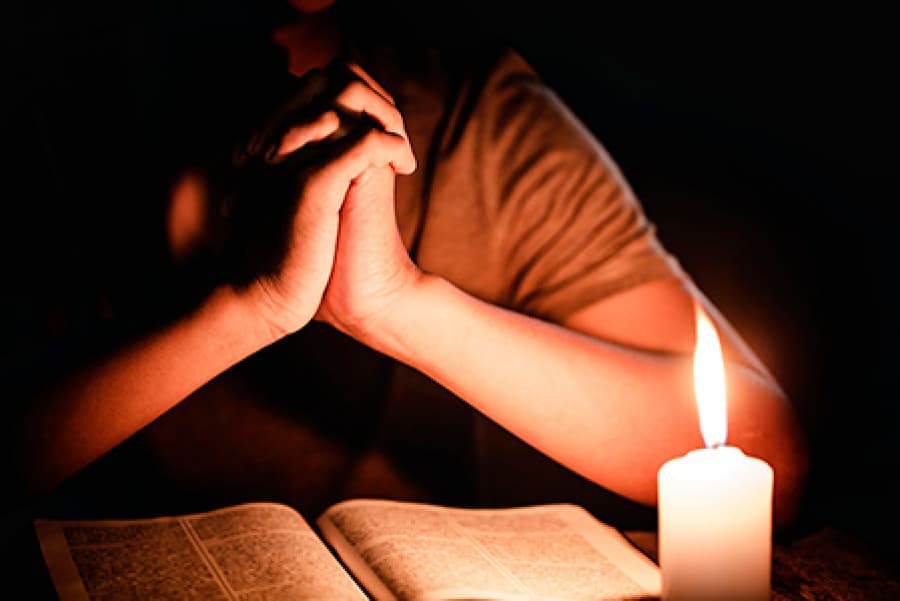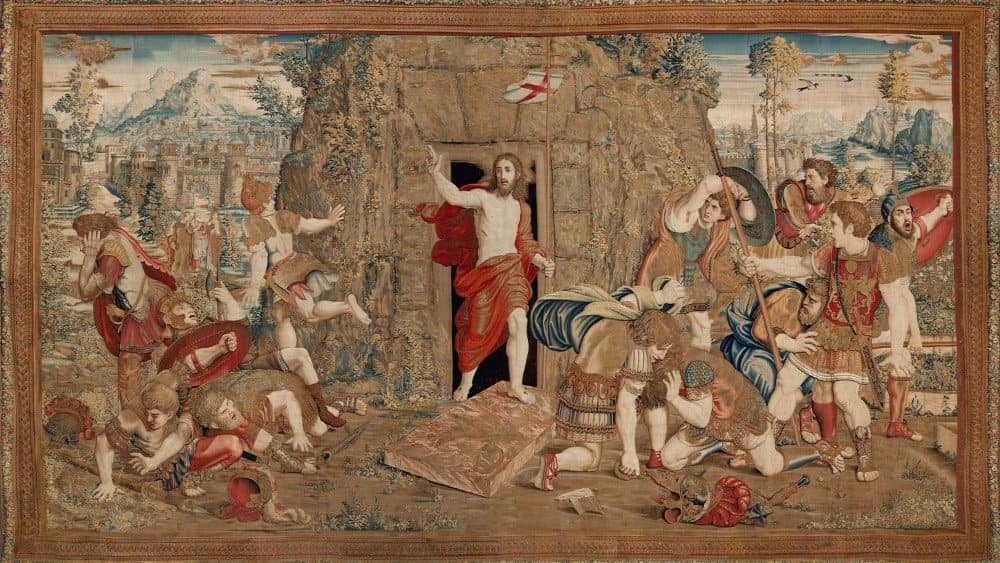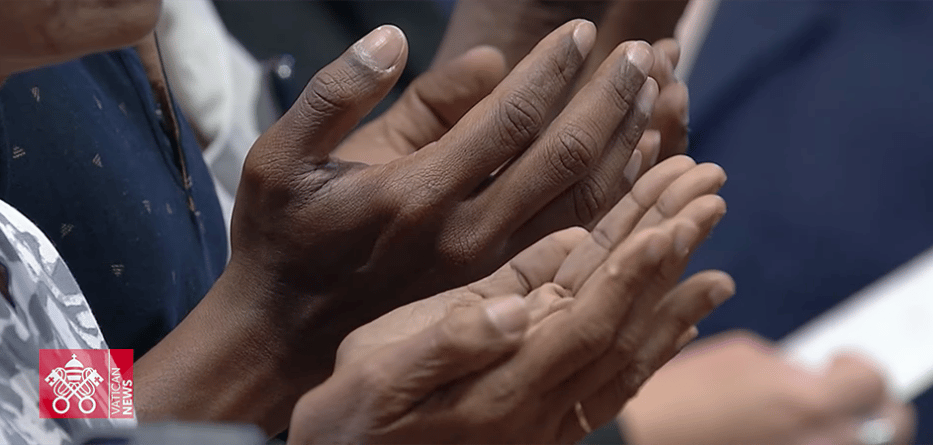In the Church’s spiritual treasury, there are countless different prayer methods. The prayer methods instruct and guide our interior lives. They structure our prayer and show us how to speak and listen to God.
Of the many prayer methods, there are certain ones that rise up to the top in popularity and frequency. As such, it’s good to walk through them and see what each prayer method offers to the soul that’s seeking union with God. A review of particular prayer methods is an indirect highlighting of all prayer methods since it foot stomps the importance of generally having and actively using prayer methods.
No one should get stuck in one prayer method. The various methods are there to adjust and accommodate to the changes in our lives, temperaments, and state-of-affairs. It is a healthy and noble practice to shift prayer methods and allow a certain fluidity in our conversation with God.
Some of the more popular prayer methods are lectio divina, composition of place, poustinia, the saint method, the examen, the liturgical method, and the rosary (or the komboskini in Eastern Christianity). These methods are not exhaustive of the countless prayer methods of the Church, but they are what we could call “the top seven.”
Each of the seven prayer methods is within the designation of mental prayer, or what the Catechism of the Catholic Church calls meditation. It is a deepening of vocal prayer and an aspiration toward contemplation. Contemplation is a gift given by God. It is when the soul, oftentimes in meditation, is brought to a closer intimacy with God.
The Catechism gives numerous definitions of contemplation, including: “Contemplative prayer is also the preeminently intense time of prayer. In it the Father strengthens our inner being with power through his Spirit ‘that Christ may dwell in [our] hearts through faith’ and we may be ‘grounded in love.’”
While contemplation is always the hope of the soul at prayer, meditation is the work we can do to prepare ourselves for such a gift. The prayer methods are in service to the task of meditation.
It’s important that we approach the prayer methods with a discerning spirit. The methods are diverse and meet different needs within the human experience. The Catechism teaches us: “There are as many and varied methods of meditation as there are spiritual masters. Christians owe it to themselves to develop the desire to meditate regularly, lest they come to resemble the three first kinds of soil in the parable of the power. But a method is only a guide; the important thing is to advance with the Holy Spirit, along the one way of prayer: Jesus Christ.”
We cannot use a particular prayer method simply because it’s a part of our tradition, or because someone recommended it to us because it’s worked for them, or because we’re not willing to branch out and explore other prayer methods. We need to be attentive to who we are, where we are, and what we legitimately need in our particular moment pf prayer and then search and find the prayer method that is going to help us encounter the living God.
In similar respects, selecting a prayer method is like trying on different shoes and trying to find the right one. With new shoes, we need the right length (and width), the right style for our respective work, the preferred color or style, and so on. We need to be focused on what works. And so just as we cannot walk around with the wrong shoes and expect to be comfortable and successful, so we cannot use a prayer method that is not right for us and expect to be restful and attentive in our conversation with God.
Some of the prayer methods require an active use of the spiritual imagination, while other prayer methods call for the suspension of the imagination (as well as pausing the use of images and words). Some prayer methods are great for retreat environments, while others might not be as helpful for retreats. Some prayer methods are perfect when we are grieving and lamenting, while others are better suited for times of joyful praise and thanksgiving.
The prayer methods are important, but repeating the Catechism, “a method is only a guide.” The purpose of every single prayer method is to help us enter into mental prayer, to achieve a state of meditation, so that we can talk and listen to the living God. The prayer methods are there to serve our spiritual journey and assist us in conversing and having fellowship with God.
Sign up for the Morning Offering with Father Kirby and receive daily spiritual encouragement sent right to your inbox every morning.

















